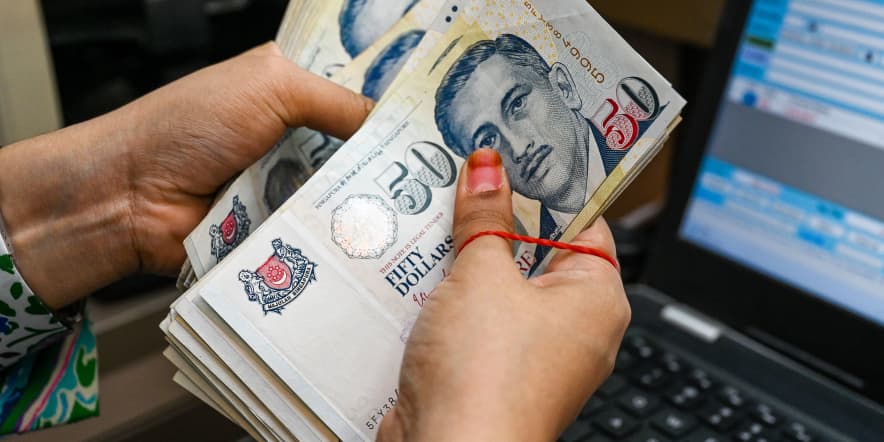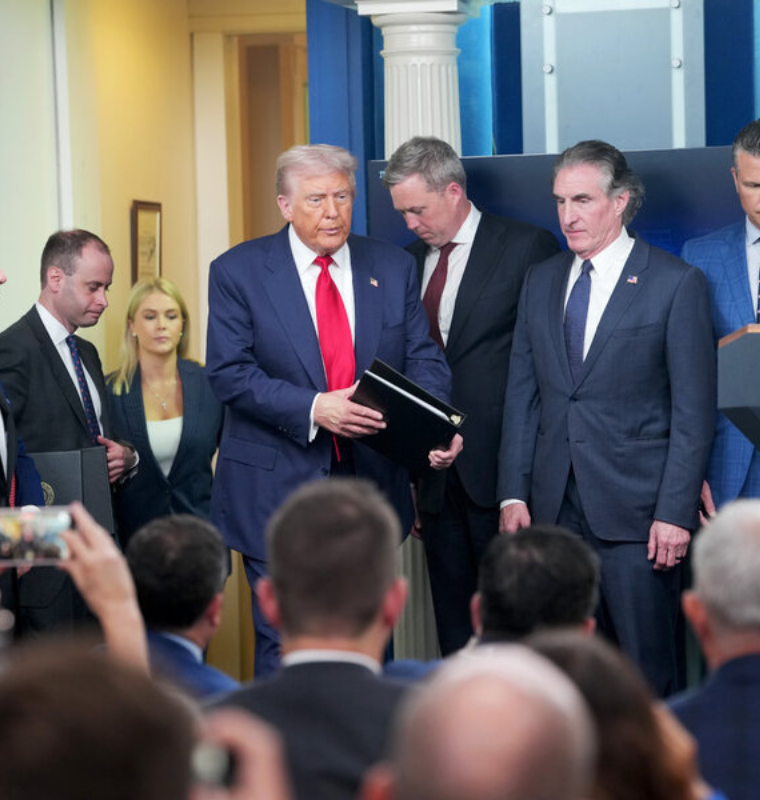Singapore Dollar Shows Growing Safe-Haven Potential — But It's Not a Swiss Franc or Yen Just Yet
Singapore Dollar Shows Growing Safe-Haven Potential — But It's Not a Swiss Franc or Yen Just Yet
By
Leah Rosenfeld
Last updated:
July 22, 2025
First Published:
August 6, 2025

The Rise of the Singapore Dollar as a Regional Safe Haven
In a world increasingly seeking financial shelter from geopolitical instability, inflationary pressures, and economic slowdowns, the Singapore dollar (SGD) is beginning to earn attention as a quasi-safe haven currency—particularly across Asia and emerging markets. While it hasn't yet reached the stature of the Swiss franc (CHF) or the Japanese yen (JPY), experts believe it's on a credible path.
Why Investors Are Turning to the Singapore Dollar
Traditionally, when global markets face turbulence, investors flock to time-tested safe-haven assets like gold, U.S. Treasuries, and currencies such as the U.S. dollar, Swiss franc, and Japanese yen. But with the U.S. dollar index down more than 9% year-to-date and the yen facing mounting trade concerns, alternative options are gaining traction.
The Singapore dollar has quietly appreciated about 6% against the greenback in 2024, according to trading data. Analysts at Jefferies even project that the SGD could reach parity with the U.S. dollar within the next five years—a prediction that underscores the currency’s growing appeal.
Key Attributes Driving SGD’s Strength
1. Macroeconomic Resilience and Policy Stability
Singapore boasts one of the most stable and well-managed economies in Asia. Omar Slim, co-head of Asia Fixed Income at PineBridge Investments, attributes the SGD’s growing safe-haven reputation to “strong institutions, sound macroeconomic policies, and consistent fiscal prudence.”
2. Unique Monetary Framework
Unlike most countries, Singapore manages its currency not through interest rates, but via a tightly controlled exchange rate policy tied to a basket of currencies. This system reduces volatility, helping preserve investor confidence. Jeff Ng, head of Asia Macro Strategy at Sumitomo Mitsui Banking Corporation, estimates that the SGD’s policy band spans about 4%, offering stability while maintaining flexibility.
3. Political and Regulatory Strength
Felix Brill, Chief Investment Officer at VP Bank, cites low political risk, a robust regulatory framework, and a consistent current account surplus—driven largely by exports and foreign investment—as further validation of SGD’s safe-haven credentials.
What’s Holding the SGD Back from Global Safe-Haven Status
Despite its impressive fundamentals, several structural hurdles are slowing the Singapore dollar’s global ascent:
1. Market Size and Liquidity Limitations
The Bank for International Settlements (BIS) reported in its 2022 survey that the SGD made up just 2% of global foreign exchange turnover, compared to 88% for the U.S. dollar, 17% for the yen, and 5% for the Swiss franc.
2. Managed Currency Policy as a Double-Edged Sword
While Singapore’s managed currency model helps maintain stability, it also limits speculative trading and large-scale positioning, reducing the liquidity that many global investors seek.
3. Export-Heavy Economy
With exports accounting for nearly 179% of Singapore’s GDP in 2024, the government—via the Monetary Authority of Singapore (MAS)—has little appetite for allowing the SGD to appreciate excessively, as it could harm national competitiveness.
Trinh Nguyen, senior economist at Natixis CIB, explained: “If the SGD becomes too strong due to capital inflows, MAS would act to weaken it to protect Singapore’s export-driven economy.”
Growing Role in Portfolio Diversification
Despite these limitations, the SGD is finding its place in international investment portfolios. Jean Chia, Chief Investment Officer at Bank of Singapore, said the currency plays a crucial role in diversification strategies, particularly for investors looking to mitigate Asia-specific risks without exposing themselves to the volatility of more speculative currencies.
“It’s increasingly becoming the third currency in many diversification conversations, right behind the dollar and euro,” Chia noted.
Long-Term Outlook: From Regional Player to Global Anchor?
Experts are divided on how far the Singapore dollar can rise in the hierarchy of global safe-haven currencies. VP Bank’s Brill believes that safe-haven status is built over decades of consistent performance through economic crises.
“The SGD has demonstrated resilience during regional downturns but hasn’t yet become the default option during global stress,” he said. However, he remains optimistic that over time, as local markets open, global demand increases, and the currency continues to perform, its stature will rise.
Omar Slim echoed this sentiment, suggesting that while the SGD may never reach the scale of the U.S. dollar or Japanese yen, it has the potential to become the “Swiss franc of Asia.”
Meanwhile, Jen-Ai Chua, research analyst at Julius Baer, stated, “The SGD could evolve from being a regional hedge into a truly global safe haven. But such a transformation will take time, market integration, and consistent credibility.”
Final Thoughts
As traditional safe havens lose some of their luster and market dynamics shift, the Singapore dollar stands out as a compelling alternative for investors seeking stability in uncertain times. With prudent policymaking, low volatility, and institutional trust, the SGD may not have arrived as a global safe haven just yet—but it’s firmly on the path.
Whether it becomes the next Swiss franc or remains a strong regional player, the Singapore dollar is increasingly part of the global conversation—and investors are paying attention.
Popular articles
Subscribe to unlock premium content
Disney’s Timeless Magic and How the Entertainment Giant Continues to Shape Culture and Innovation

Imran Khan’s Economic Missteps Amid Political Chaos in Pakistan

The Philippines’ Digital Shift How Remittances and BPO Are Fueling Growth

Disney’s Timeless Magic and How the Entertainment Giant Continues to Shape Culture and Innovation

Imran Khan’s Economic Missteps Amid Political Chaos in Pakistan

Disney’s Timeless Magic and How the Entertainment Giant Continues to Shape Culture and Innovation









